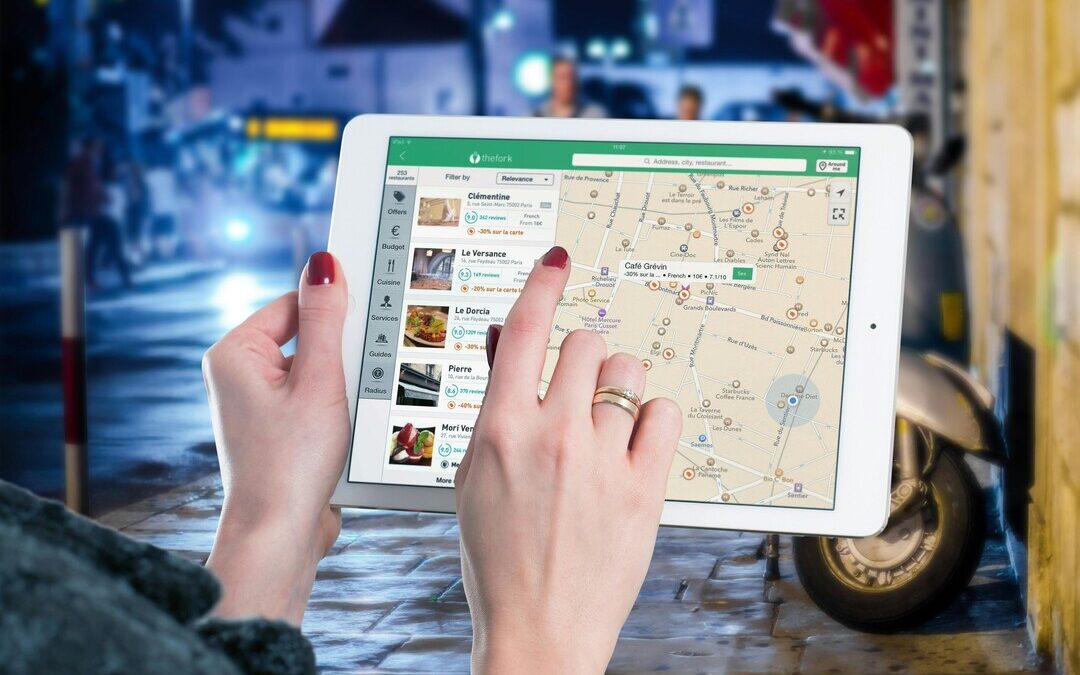Google Expands Sustainable Transit Features on Maps Across Europe
Google Maps introduces new tools to promote greener travel choices across Europe, including cycling routes and fuel-saving navigation.
Google is rolling out new features to its Maps platform aimed at helping users across Europe make more sustainable transportation choices, from cycling and transit options to low-emission zone alerts, the company said in a blog post on Wednesday.
“We’re making it easier than ever to make sustainable transportation choices across Europe, whether you’re planning a summer road trip, commuting to school or work, or running errands,” said Yael Maguire, vice president and general manager of Google Maps and Google Earth.
AI-Powered Alternatives to Driving
One of the updates includes expanding Google Maps’ artificial intelligence-driven suggestions that recommend walking or public transit routes when travel time is comparable to driving.
This feature, already active in over 60 cities, is set to launch soon in Copenhagen, Stockholm, Warsaw and others.
“Since its launch, this feature has helped people avoid tens of millions of car trips,” Maguire said.
More Detailed Cycling Information
Cyclists will now benefit from additional route details in 17 more cities globally, nine of which are in Europe.
These include Hamburg, Madrid, Barcelona, Milan, Rome, Zurich, Budapest, Vienna and Brussels. The app will display information such as bike lane availability, traffic levels, and elevation changes.
“You’ll be able to quickly see lanes on your cycling route — along with familiar details like heavy car traffic or steep hills,” Maguire wrote.
Google now covers 125,000 kilometers of bike lanes globally through data partnerships with local governments and public authorities.
Fuel-Efficient Routing Gains Traction
For those who choose to drive, Google Maps now offers routes optimized for fuel or energy efficiency.
According to Maguire, the feature is used for more than 500 million trips each month, resulting in an estimated 2.7 million metric tons of greenhouse gas emissions avoided in 2024 — roughly the equivalent of removing 630,000 gasoline-powered cars from the road for a year.
Low-Emission Zone Alerts Expand
Google is also broadening its low-emission zone alerts, which currently operate in cities such as London and Berlin. In the coming months, the feature will expand to more than 1,000 zones across Europe, including Italy, Sweden and Austria.
“These alerts let you check if your vehicle is allowed in these zones, and choose an alternate route if needed,” Maguire said.
AI to Improve Traffic Light Efficiency
In addition to helping individuals, Google is also aiding municipalities in reducing congestion and emissions. Through its “Project Green Light,” the company uses AI and driving trend data to optimize traffic light timing. The initiative, recently expanded to Vilnius, Lithuania, is now active in 20 cities across four continents.
“With more ways to get around in Europe, you can choose the option that works best for you,” Maguire said, encouraging users to explore how Maps, Search, Gemini, and Lens can support their travel plans this summer.
Nirmal Menon
Related posts

Subscribe
Error: Contact form not found.


